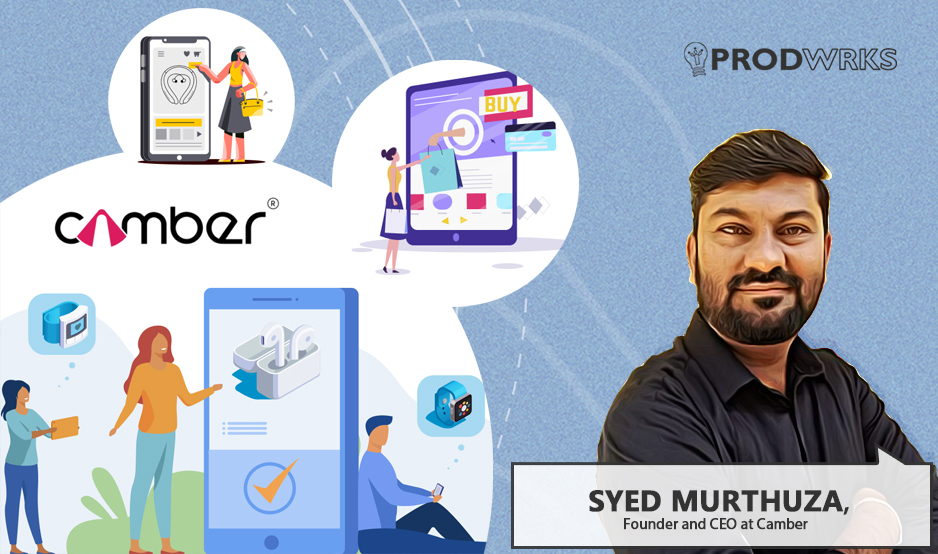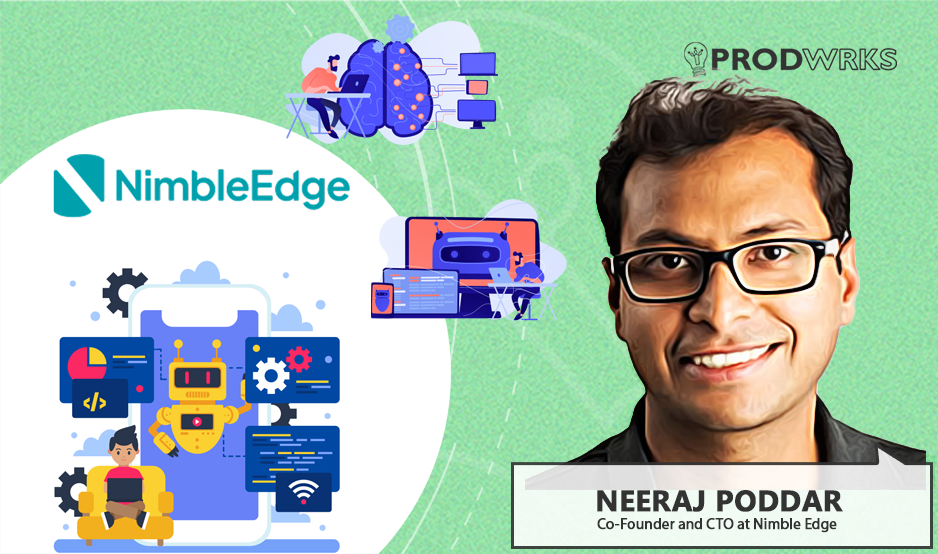
The author of this article, Sudhir Prabhu is the Co-founder, CTO, and Board Member of Wolken Software.
Machine Learning algorithms have the ability to transform how organizations approach problem-solving and decision-making. As a result of adopting ML, companies can benefit from:
- Improved efficiency and productivity
- Automation of complex tasks
- Ability to analyze large chunks of data
- Reduction in human error and bias
- Enhanced customer satisfaction and loyalty
Let’s explore how Wolken utilizes machine learning to improve its enterprise products and see how companies can successfully implement ML in their software.
Wolken: Harnessing the Power of Machine Learning
Being a customer-centric ServiceDesk, Wolken has been at the forefront of integrating ML into their software products, resulting in enhanced solutions and increased customer satisfaction.
With the help of ML, Wolken can provide businesses with tools that can help them reduce costs, optimize their operations, and gain a competitive edge. Some of the ways Wolken is using machine learning to improve its enterprise products include:
- Customer Segmentation: ML allows Wolken products to segment a large customer base into smaller groups depending on their behavior, preferences, etc. This allows businesses to access more organized customer data enabling them to personalize their services/products, modify marketing strategies, improve customer engagement, etc.
- Spotting Odd Patterns: As the amount of data increases, the chances of fraudulent activity, data breaches, etc., also increase. But with ML, Wolken can now help businesses detect odd data patterns that may indicate security threats or other issues.
- Natural Language Processing (NLP): Understanding customers is crucial to ensure customer-centric products and services. With the help of ML, Wolken products can now understand human language, enabling clients to automate customer support, analyze customer feedback, and improve their products and services.
How Can Companies Successfully Implement ML in Their Software?
Companies must follow a strategic approach to ensure the implementation of ML in enterprise software products. Here are some key steps companies should follow when integrating ML into their software:
1. Understand the Objectives: Understanding the key business challenges is crucial to identify what ML solutions will be required to solve them. Once the challenges have been identified, appropriate algorithms and models can be selected to design effective solutions that align with the company’s objectives.
2. Collect Data: Machine Learning heavily depends on large datasets. Therefore, to ensure a successful implementation of an ML solution, a company must collect quality and appropriate data. Further, eliminating inaccuracies or inconsistencies to ensure a seamless integration is also necessary.
3. Choose an Appropriate Algorithm: It is vital to choose an algorithm that will align with the type of data collected, business goals, etc. Some popular algorithms include linear regression, decision trees, and neural networks.
4. Train and Test Models: Once the algorithm is selected, the next step involves training it with the collected data. However, that’s not all. Training and testing must go hand-in-hand to ensure the trained models give the desired results. Iterate and refine your models until they achieve the desired level of accuracy.
5. Deploy and Monitor: After your ML model is ready, it’s time to deploy it and monitor its performance. The ML model must be continuously updated with recent data to ensure relevancy and accuracy in its output.
Conclusion
The global machine learning market is expected to reach $117.19 billion by 2027, at a CAGR of 39.2%. This is evidence of the growing adoption of Machine Learning by different enterprises.
By incorporating ML, companies like Wolken are providing businesses with the tools that will help them harness the full potential of this technology. And by following a strategic approach to implementing ML in their software products, businesses can stay ahead of the curve in today’s rapidly evolving technological landscape.
About the Author:

Sudhir Prabhu is the Co-founder, CTO, and Board Member of Wolken Software. His last role was at L&T Infotech, where he managed a P & L of ~$90 million and oversaw a team of 1200 professionals. He has held business unit head positions for ERP businesses for over 20 years in the US and in India and has previously worked in organizations like Cisco and Barclays. He pioneered Cloud Technology Application services at Appshop in 2000.




